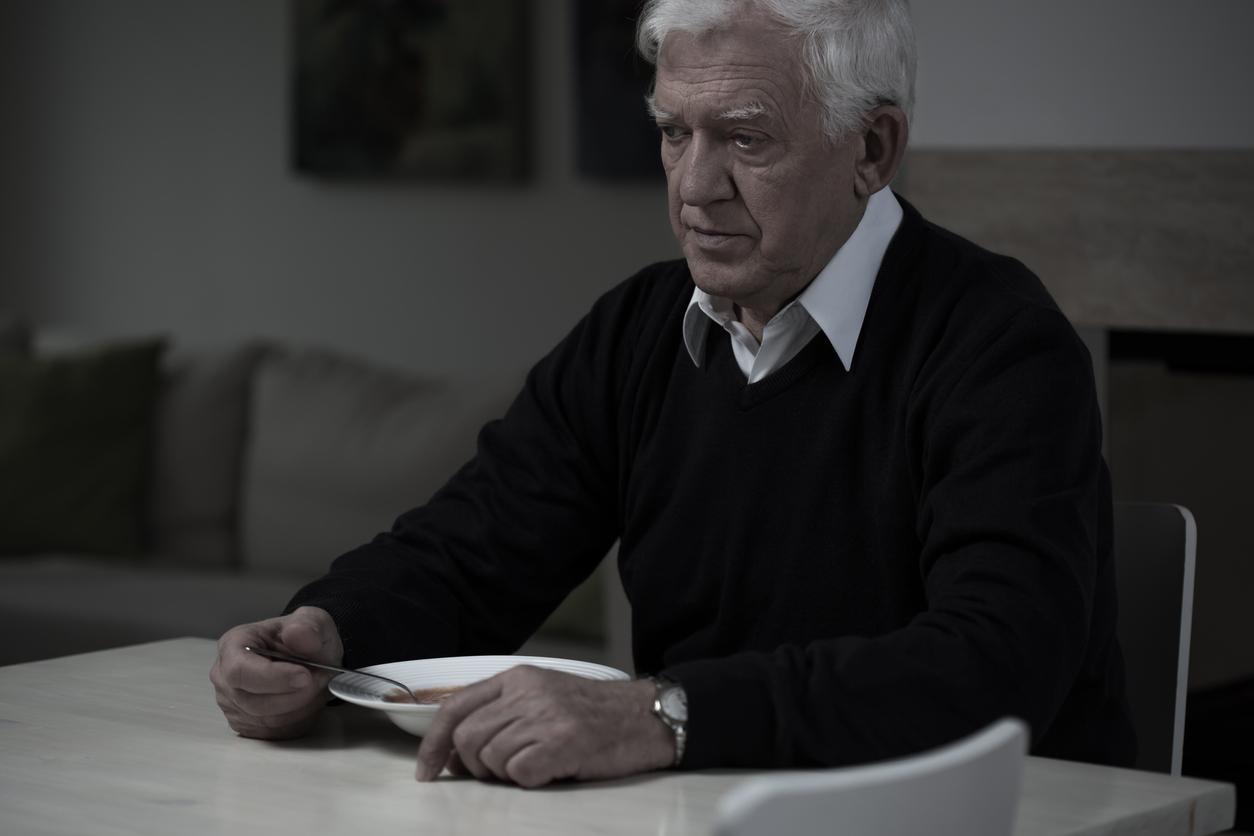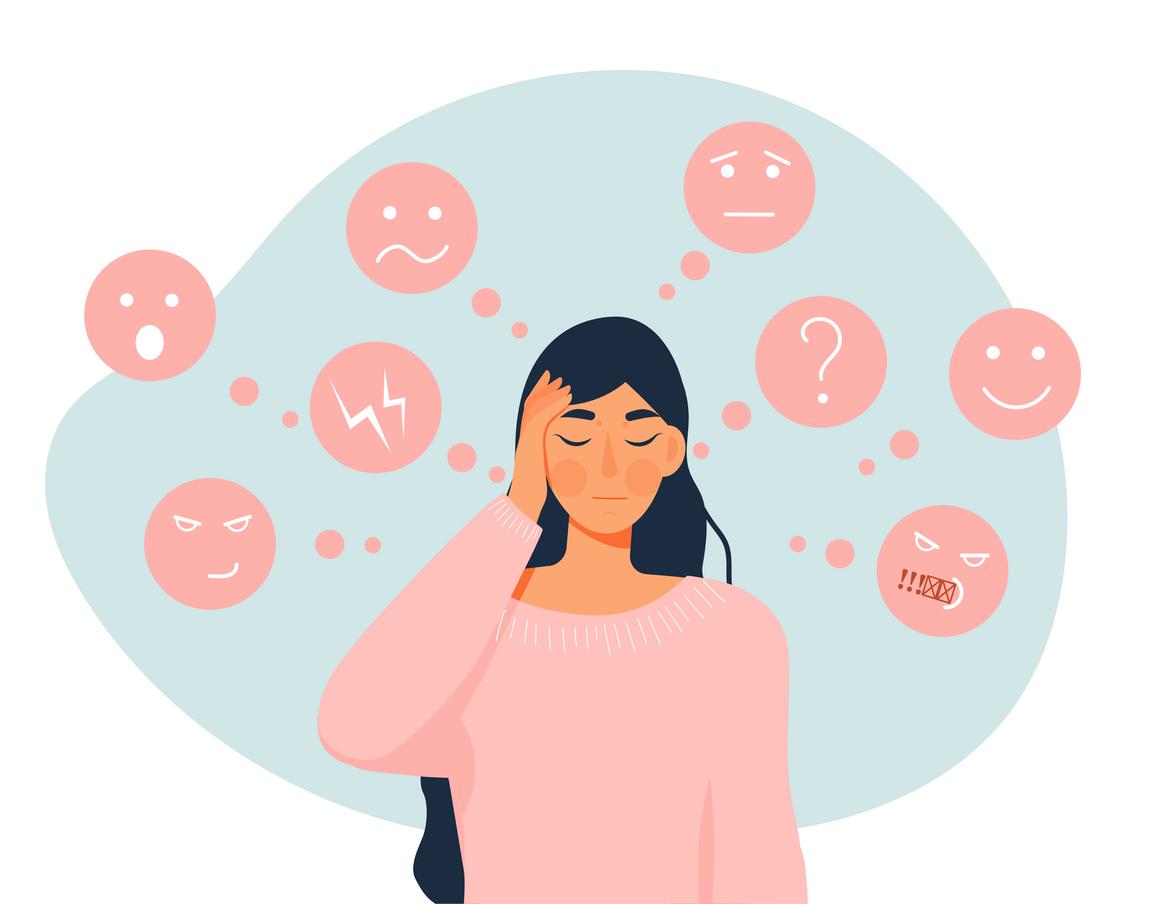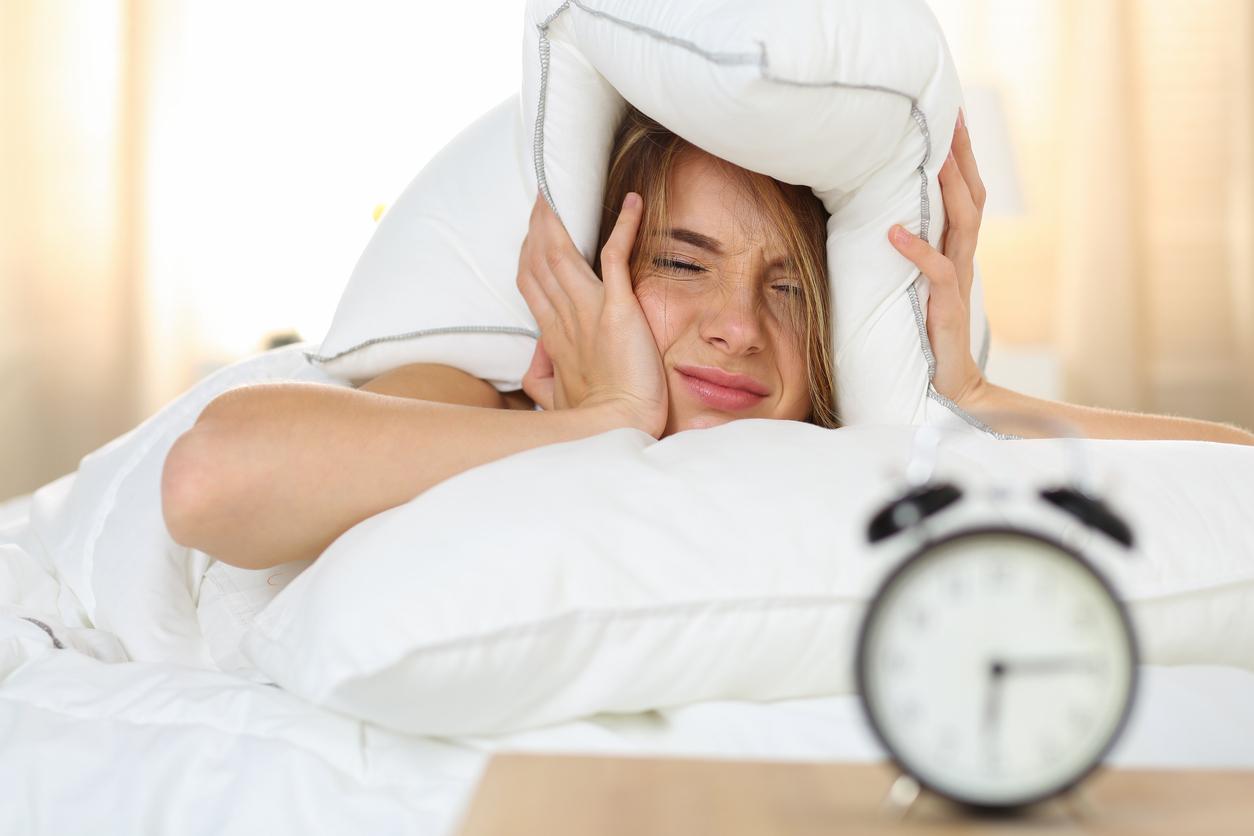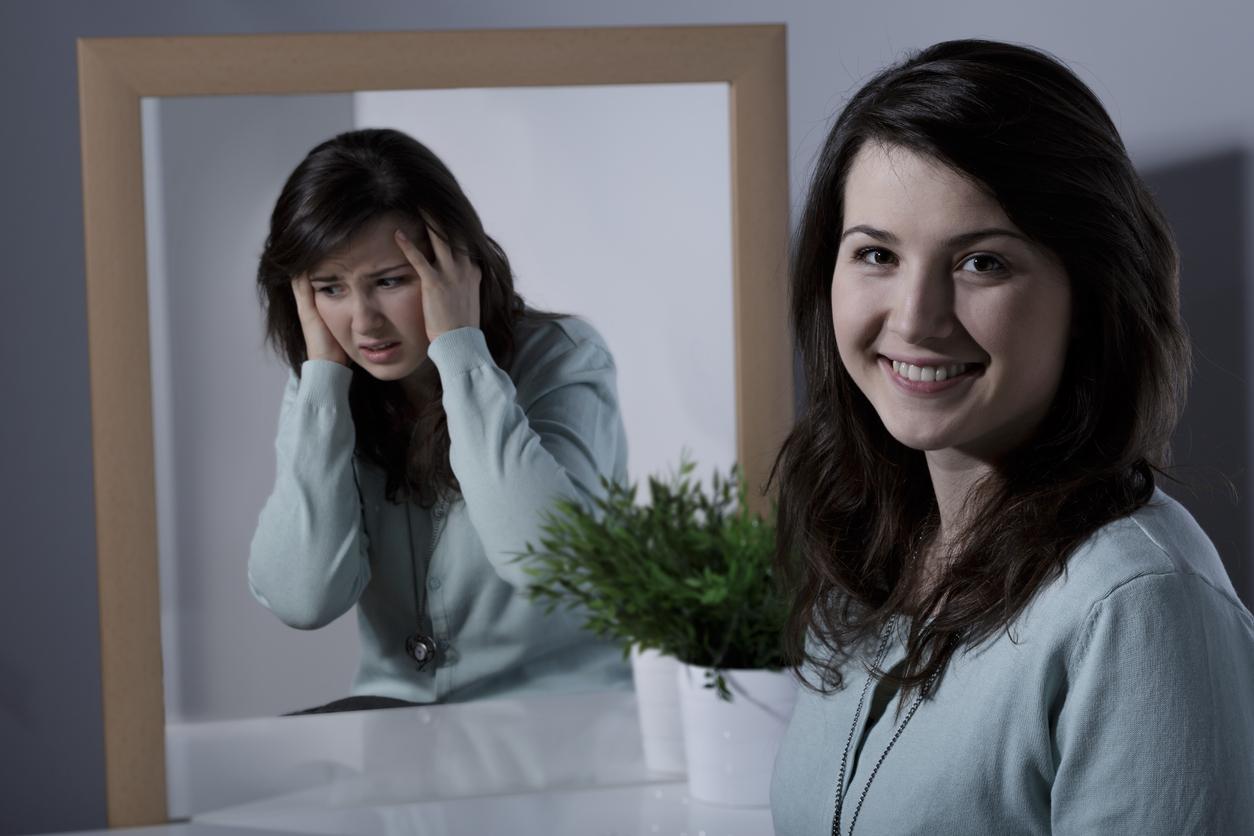Color is feng shui!
No doubt, colors have physical and objective effects. Observe! The so-called cold colors give depth, and a wall painted in this way will always seem further away than it really is. Conversely, the warm colors are close and enveloping. The use of one or the other is no coincidence, because they influence the temperature, at least the feeling that we have of it. “Thus, a room in orange-red tones, specifies Anne Bugugnani, interior designer, can be felt as having 3 or 4 degrees more than a space in blue tones.”
Need heat or want cool?
This power given to colors is not new. In Asia, they are an essential element of feng shui, an ancient discipline designed to live in harmony with its environment. There, they are classified according to yin or yang and associated with natural elements.
The yin colors are linked to the feminine, to welcome, comfort and gentleness, while the yang symbolize the masculine, strength, dynamism. “But we need both energies, avoiding excess in either to achieve balance,” says feng shui specialist Marla Ramirez.
Colors trigger subjective impressions, because no one perceives them in the same way. This explains personal likes and dislikes. For fear of getting bored, we lack audacity. But when the color is in tune with our personality, when it expresses our aspirations, its influence is very positive.
3 architect tips
1. To emphasize lines and volumes, paint a wall that crosses the house, a circulation space or a stairwell in a bright color, marking the different levels. Very useful for delimiting spaces in a large open room.
2. To enlarge the space, avoid combining too many colors. A terrace or balcony in the same color as the living room will ensure continuity between inside and outside, and will give the feeling of an extension of the room.
3. To highlight an element, slice! Color gives identity and underlines what we want to show. To accentuate the singularity of an alcove or a column, paint only this one. You can also enhance the view by painting the window frame.
Do you prefer warm colors?
Yellows, power and harmony
Feminine yin colors, yellow, ocher and their brown or taupe derivatives support, reassure, balance. Like the earth, of which they are the symbol, they are solid hues that ground, welcome, absorb tensions and offer a well-deserved rest. How to find wisdom! Yellow, the color of the sun, was that of Chinese emperors or princes. But lunar, it also symbolizes adultery, betrayal and depravity. And if the color turns brown, it becomes a sign of degradation and materiality.
Where to use it?
Ochre, straw yellow and earth tones are perfect in a living room. Welcoming, they calm tensions, soothe stress, and harmonize yin and yang to make it a place of relaxation. Because television, often queen of this room, is a very yang element, a source of stimulation and excitement, which must be counterbalanced at all costs.
Reds, energy and warmth
Strong and powerful, red is yang and carries fire energy. It stirs up desires, passion, warmth. In Chinese tradition, it is associated with longevity and happiness. In Europe, it is the fire that inspires and purifies, but associated with passion and excitement, it can be considered provoking.
Where to use it?
Red can offer the best (optimism, energy, joy) as well as the worst (a feeling of oppression, aggression, fear) and the most daring will apply it on large surfaces. Are you hesitating? Choose a currant red rather than a carmine. It’s the perfect shade for entryways and stairways as it uplifts the energy in the home. By touches (section of wall, cushion…), the red energizes and warms the common rooms.
And the black?
This is a very powerful color to use knowingly: a room entirely or predominantly black will dramatize the actions that take place there like a case highlights a jewel. So you have to have the temperament and the life that goes with it. But in small touches (furniture, rugs, cushions), black, always spectacular when combined with just one other color, heightens emotions.
Do you prefer cool colors?
Green, freshness and audacity
Yang color, associated with the wood element, green activates the energy of growth, dynamism and health. In European tradition, the hue of spring buds symbolizes hope and renewal. It has long been linked to the idea of change and evolution. Reassuring, green has refreshing and invigorating properties. Above all, it amplifies the space, gives grandeur. But it is also, when it is tinged with gray or blue, the reflection of mould. It is better to use these variations sparingly!
Where to use it?
It’s excellent for bedrooms, especially those of growing children, where it can be daringly bright. In those of the older ones, pastel or anise tones will be more suitable. Do not hesitate to use green per key (painting, cupboard doors, part of the wall, etc.) in the kitchen, but limit it in the living room, to avoid excess yang energy released by the TV.
Blue, meditation and serenity
Yin, blue is linked to water, a symbol of wealth and prosperity. In all its shades (light, dark or deep), it is the hue of the subconscious. It calms, eliminates tension and nourishes. Color of the sky, it promotes meditation, contemplation, spiritual life.
Where to use it?
Its soothing effect makes it particularly suitable for bedrooms and places of rest. Blue is obviously interesting in bathrooms, where it reinforces the place of water and accentuates the functional side of this room. If you want it to be warmer and more original, forget about pastels and navy blue. Dare to use lagoon or turquoise blues to dream of overseas landscapes.
And the white?
Yang color, white represents metal. White and its many variations, off-white, eggshell, sand… are the most popular harmonies in interior decoration. Natural, close to our skin tone, they have the advantage of going with everything. Avoid rooms that are all white or warm them up with curtains or sheets in warm hues, which are more conducive to the development of the senses.


















